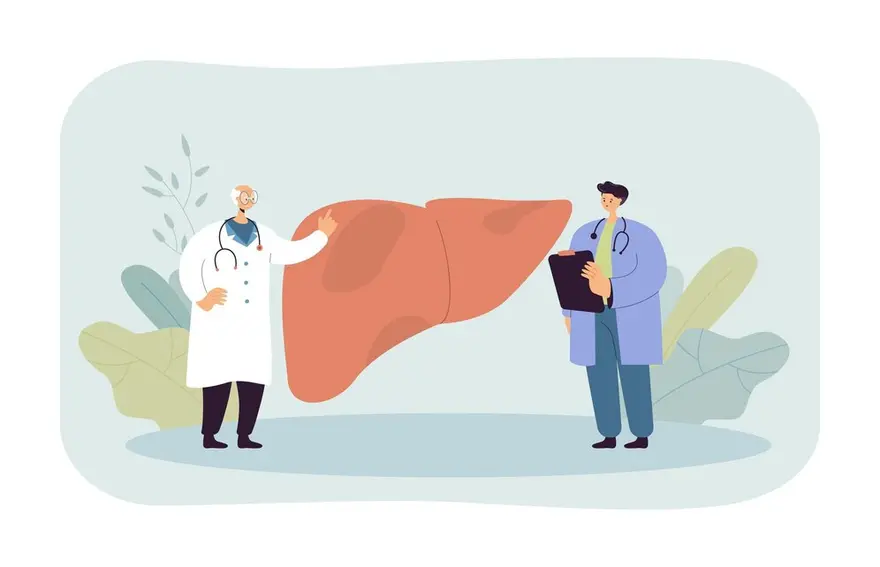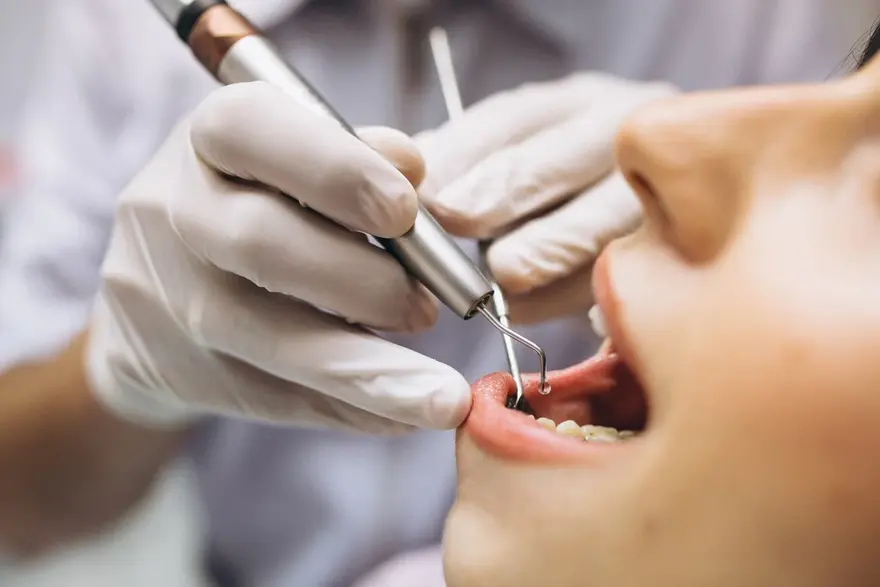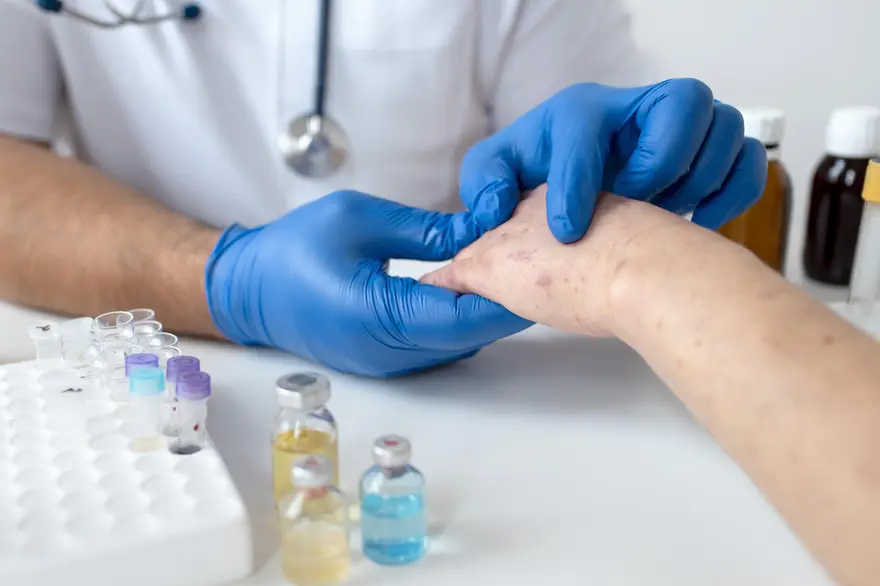Preventive Healthcare
Primary Biliary Cholangitis: Early Detection and Management Strategies
415 Views
0

What is primary biliary cholangitis?
Primary biliary cholangitis (PBC) is a chronic autoimmune liver disease characterised by the gradual destruction of the intrahepatic bile ducts. These small ducts are responsible for transporting bile from the liver to the small intestine, which aids digestion and absorption of fats and fat-soluble vitamins. In PBC, the immune system mistakenly attacks and damages these ducts, causing inflammation, scarring, and eventual blockage.
What does "primary biliary cholangitis" mean?
The term "primary biliary cholangitis" refers to the primary involvement of the intrahepatic bile ducts and the inflammatory process (cholangitis) that affects them. "Primary" indicates that the condition originates within the liver, rather than secondary to another underlying cause. "Biliary" pertains to the bile ducts, while "cholangitis" describes the inflammation of these ducts.
How does primary biliary cholangitis affect our body?
Primary biliary cholangitis affects the body by disrupting bile flow due to immune damage in liver ducts, causing bile buildup and inflammation. This can cause fibrosis and eventually cirrhosis, impairing liver function. Common primary biliary cholangitis symptoms include fatigue, itching, jaundice, and abdominal discomfort, along with nutrient deficiencies from impaired fat and vitamin absorption.
Is primary biliary cholangitis serious?
Yes, primary biliary cholangitis is a serious progressive disease that, if left untreated, can lead to severe complications and even liver failure. While the course of PBC varies among individuals, it typically advances slowly over many years. However, in some cases, the disease can progress rapidly, causing extensive fibrosis and cirrhosis within a shorter timeframe. Studies suggest that up to 30% of patients may experience a more aggressive form of PBC, underscoring the importance of early diagnosis and proactive management.
What is the difference between primary biliary cholangitis vs. primary sclerosing cholangitis?
Primary biliary cholangitis (PBC) and primary sclerosing cholangitis (PSC) are chronic autoimmune liver diseases affecting bile ducts but differ in scope. PBC targets small ducts within the liver, mostly in women, while PSC impacts both intrahepatic and extrahepatic ducts, affecting men more. PBC is often treatable with UDCA or OCA, whereas PSC lacks proven treatments, focusing instead on symptom management.
Who does primary biliary cholangitis affect?
PBC predominantly affects women aged 35–60, with primary biliary cholangitis causes likely involving hormonal factors, genetic predisposition, and environmental triggers. It often clusters within families, suggesting a genetic link, with first-degree relatives at higher risk. Primary biliary cholangitis diagnosis is important as it can occur at any age or gender, so individuals should watch for liver-related symptoms and consult healthcare providers when concerned.
What are the symptoms of primary biliary cholangitis?
Primary biliary cholangitis symptoms can vary from person to person and may not be present in the early stages of the disease. Many individuals are diagnosed incidentally through routine blood tests that reveal elevated liver enzymes, particularly alkaline phosphatase (ALP). As the disease progresses, the following symptoms may develop:
- Fatigue: Persistent, unexplained tiredness that doesn't improve with rest is one of the most common primary biliary cholangitis symptoms, affecting up to 80% of patients. This fatigue can be debilitating and significantly the impact quality of life.
- Pruritus (itching): Intense, persistent itching, often worse at night, is an another frequent symptom. The itching may be localised or widespread and can be severe enough to cause sleep disturbances and skin damage from scratching.
- Abdominal pain: Some individuals may experience discomfort or pain in the upper right part of the abdomen, where the liver is located. This pain may be dull, aching, or even sharp at times.
- Jaundice: As the disease advances and bile builds up in the liver, bilirubin levels rise, causing a yellowing of the skin and whites of the eyes. Jaundice is often a sign of more advanced PBC.
- Dry eyes and mouth: PBC is often associated with other autoimmune conditions, such as Sjögren's syndrome, which can cause dryness of the eyes (sicca syndrome) and mouth (xerostomia).
- Osteoporosis: The malabsorption of vitamin D and calcium due to impaired bile flow can lead to thinning of the bones (osteoporosis), increasing the risk of fractures.
What are the complications of biliary disease?
Biliary disease can lead to several complications, primarily due to impaired bile flow, which affects digestion and liver function.
Fat Malabsorption
Biliary disease impairs bile production or flow, which is essential for breaking down and absorbing fats in the intestine. When bile is insufficient, the body struggles to digest dietary fats and absorb fat-soluble vitamins like A, D, E, and K. This malabsorption can lead to nutrient deficiencies with symptoms including night blindness (from vitamin A deficiency), bone thinning and fractures (from vitamin D deficiency), poor immune function (from vitamin E deficiency), and issues with blood clotting (from vitamin K deficiency). Over time, fat malabsorption can also contribute to weight loss, muscle weakness, and overall nutrient depletion, which can significantly impact health and energy levels.
Portal Hypertension
Biliary disease, especially if it progresses to advanced liver scarring (cirrhosis), can lead to portal hypertension. This condition occurs when scarring obstructs blood flow through the liver, increasing pressure in the portal vein. Complications from portal hypertension can include varices (swollen veins) in the oesophagus and stomach, which pose a high risk of bleeding, as well as fluid buildup in the abdomen (ascites) and spleen enlargement (splenomegaly). Managing these complications typically requires specialised treatments to reduce risks and maintain quality of life.
What causes primary biliary cholangitis?
Primary biliary cholangitis causes remain unclear, but research indicates a combination of genetic predisposition and environmental factors.
- Genetics play a significant role; individuals with a family history of PBC are at higher risk, and studies suggest certain immune-regulating genetic variations may increase susceptibility. However, these genetic markers alone don’t guarantee disease onset, highlighting the role of environmental triggers in primary biliary cholangitis causes.
- Possible triggers include infections, like Escherichia coli, where molecular mimicry may lead the immune system to mistakenly attack bile duct cells.
- Other potential risk factors include exposure to environmental toxins, such as cigarette smoke, and certain medications.
- Importantly, PBC is not caused by alcohol or hepatitis and cannot be transmitted between individuals, remaining a non-contagious autoimmune condition.
How is primary biliary cholangitis diagnosed?
Primary biliary cholangitis diagnosis is a detailed process involving multiple steps to confirm the disease and assess its progression.
Medical History and Physical Exam
The diagnostic process begins with a thorough review of medical history, including any symptoms, family history, and other conditions. During the physical exam, a doctor will check for signs of liver disease, such as jaundice, an enlarged liver, or other physical symptoms that may indicate liver involvement.
Blood Tests
- Antimitochondrial Antibodies (AMA): A key diagnostic marker, AMAs are present in over 90% of PBC cases and strongly indicate the disease.
- Liver Function Tests: Elevated alkaline phosphatase (ALP) and gamma-glutamyl transferase (GGT) levels are common indicators in PBC patients, suggesting bile duct damage or obstruction.
- Additional Tests: Complete blood count (CBC), bilirubin, albumin, and prothrombin time help assess liver function and determine the stage of the disease, as well as any progression.
Imaging Tests
Ultrasound, CT scans, or MRI are often performed to visualise the liver and bile ducts. These tests help rule out other liver conditions and provide a clearer picture of liver health.
Liver Biopsy
In some cases, a biopsy may be necessary, where a small tissue sample is taken from the liver and examined microscopically. This step is often used to confirm the diagnosis and assess the disease stage, helping guide treatment.
What are the treatment options for primary biliary cholangitis?
Primary biliary cholangitis treatment aims to slow disease progression, manage symptoms, and improve quality of life.
Medication
The primary treatment for PBC is ursodeoxycholic acid (UDCA), a bile acid that facilitates better bile flow through the liver and intestines. By reducing the accumulation of toxic bile acids, UDCA can improve liver function, slow disease progression, and decrease the necessity for liver transplantation. It is typically well-tolerated, with minimal side effects. In cases where patients do not respond sufficiently to UDCA, additional medications like obeticholic acid or fibrates may be introduced. These can be utilised in combination with UDCA to enhance treatment efficacy and manage symptoms more effectively.
Surgery
For patients with end-stage liver disease or severe liver failure resulting from PBC, liver transplantation may be the only viable treatment option. Although transplantation does not cure PBC, as the disease may recur in the new liver, it significantly improves survival rates and enhances the quality of life for patients. This surgical intervention is critical for advanced cases, allowing individuals to regain liver function and enjoy a better overall prognosis. Careful assessment and management by a healthcare team are essential in determining when surgery is appropriate, considering the patient's overall health and the progression of the disease.
What is the outlook for primary biliary cholangitis?
The outlook for primary biliary cholangitis varies depending on the stage at which it is diagnosed and the individual's response to treatment. Early diagnosis and prompt initiation of UDCA therapy can significantly improve outcomes and slow disease progression. Regular monitoring and management of symptoms and complications are crucial for maintaining quality of life.
How long can you live with primary biliary cholangitis?
The life expectancy for individuals with PBC has improved significantly with the use of UDCA and advancements in liver transplantation. Many people with PBC can live for over 20 years after diagnosis, especially when the condition is detected and treated early. However, the disease's progression and individual factors can influence life expectancy.
How do I take care of ourselves while living with PBC?
Living with primary biliary cholangitis requires a proactive approach to manage the condition and maintain overall health. Some key strategies include:
- Adhering to prescribed medications, such as UDCA
- Maintaining a healthy diet and exercising regularly
- Avoiding alcohol and other substances that can harm the liver
- Attending regular check-ups with your healthcare provider
- Monitoring for and managing complications, such as osteoporosis or vitamin deficiencies
- Seeking support from family, friends, or support groups
Conclusion
Primary biliary cholangitis is a serious, chronic liver disease that requires early detection and proactive management to improve outcomes and quality of life. If you suspect you may have PBC or have been recently diagnosed, consult with your healthcare provider to develop a personalised treatment plan.
Metropolis Healthcare, a leading chain of diagnostic labs across India, offers accurate pathology testing and health check-up services to support the early detection and monitoring of PBC. The team of qualified blood collection technicians can perform at-home visits for blood samples, which are processed at Metropolis' advanced diagnostic labs. Test reports are conveniently shared online via email and the user-friendly Metropolis TruHealth app, empowering patients to take control of their health.























 WhatsApp
WhatsApp